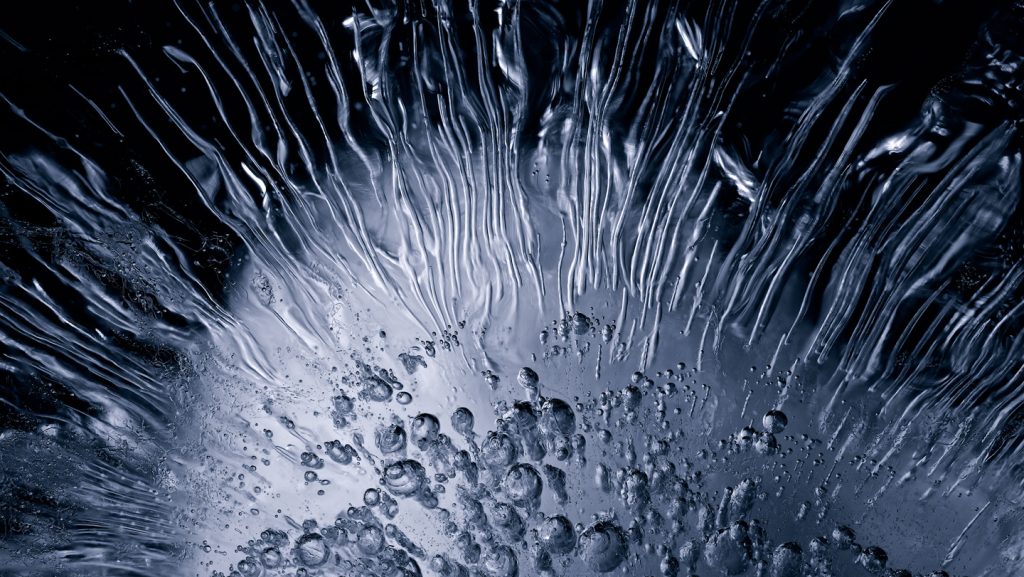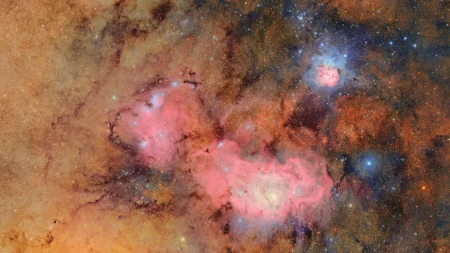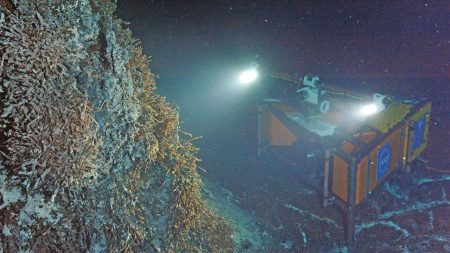The Hidden Power of Salty Ice: A Promising Frontier in Clean Energy Generation
In a fascinating scientific breakthrough reported in Nature Materials on September 15, researchers have discovered that the simple combination of salt, ice, and mechanical strain can produce electricity without any waste. This innovative approach harnesses the flexoelectric effect—a phenomenon where electricity is generated through the irregular deformation of a solid material. While seemingly modest in scale, the implications of this discovery could be far-reaching for renewable energy development.
The research team demonstrated that a single cone-shaped piece of ice containing 25% salt by weight—smaller than a peppercorn—can generate approximately 1 millivolt when strained. More impressively, an array of 2,000 such cones could produce 2 volts, sufficient to power a small red LED. This finding is particularly significant because while flexoelectricity exists in most materials, it is typically too weak for practical electrical applications. Salty ice, however, appears to overcome this limitation.
The scientific journey behind this discovery began with experimental physicist Xin Wen’s earlier research showing that even pure ice exhibits faint flexoelectric properties—possibly explaining how frozen particles in thunderstorms contribute to lightning formation. Recognizing that “in nature, ice almost always contains impurities,” Wen and his colleagues decided to investigate how common impurities like salt might enhance this effect. This research trajectory reflects the importance of studying natural phenomena as they actually exist, rather than in idealized laboratory conditions.
To explore this phenomenon systematically, the research team froze saltwater in silicone molds to create two distinct shapes: cones and curved beams. Using specialized equipment, they subjected these frozen forms to repeated bending forces while measuring the electrical charge produced. The results revealed that the cone-shaped specimens could withstand greater forces and generate higher voltages than their beam-shaped counterparts. Additionally, they discovered an interesting scaling effect: smaller cones could sustain greater amounts of strain relative to their size compared to larger cones, suggesting that arrays of numerous small cones could effectively amplify the total electrical output.
The underlying mechanism of this electricity generation is particularly elegant. Within the solid ice structure, extremely thin layers of liquid brine exist between individual ice grains. When the ice is bent, it creates a pressure gradient that causes this salty liquid to flow toward areas of lower pressure. Since the brine contains positively charged particles (cations), this flowing fluid generates an electric current—effectively creating a miniature power plant within the ice structure itself.
While this technology shows remarkable promise, particularly for developing inexpensive sensors or energy-harvesting devices in cold environments, practical applications remain in the early stages. As Wen—now at the Catalan Institute of Nanoscience and Nanotechnology in Barcelona—candidly admits, “We are still far from powering everyday devices. At this early stage, it might take a cube of salty ice tens to a hundred square meters in size just to charge a smartphone.” Nevertheless, he remains optimistic that continued research will dramatically reduce the required size and increase efficiency, potentially opening new frontiers in renewable energy harvesting in cold climates where other energy sources might be impractical.
This discovery represents not just a scientific curiosity but a potential paradigm shift in how we think about generating electricity in environmentally sensitive areas. By using abundantly available materials and a zero-waste process, salty ice electricity could eventually contribute to our arsenal of sustainable energy solutions, particularly in polar regions or seasonally cold environments where conventional renewable energy systems face significant challenges.















